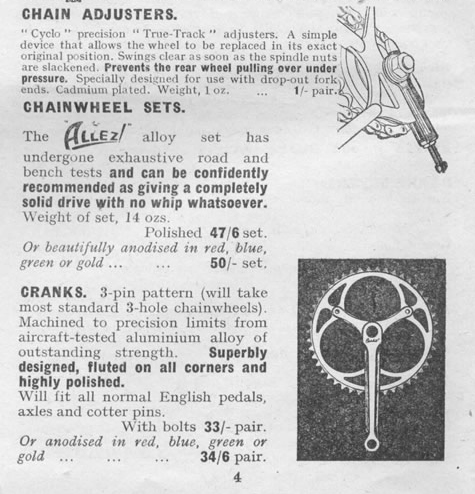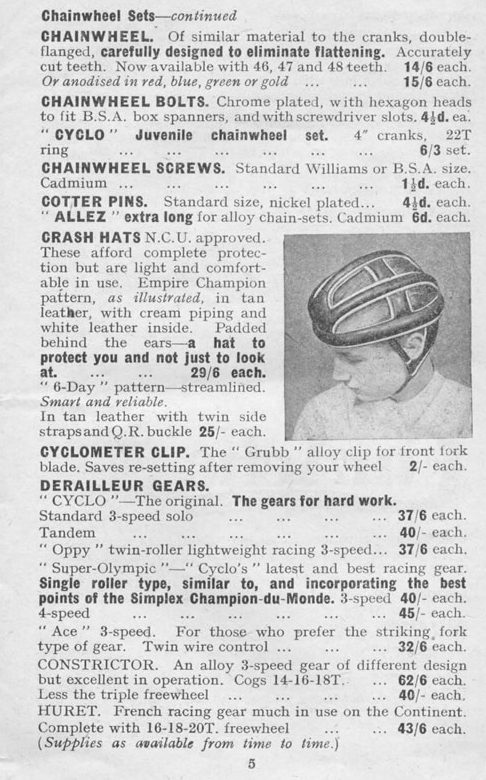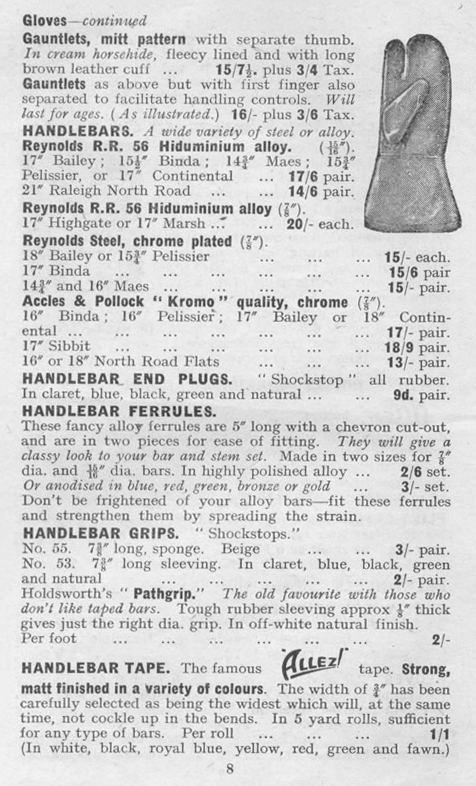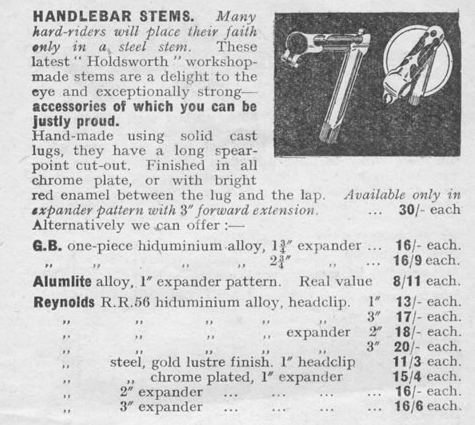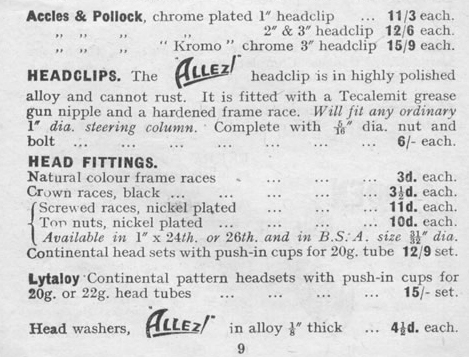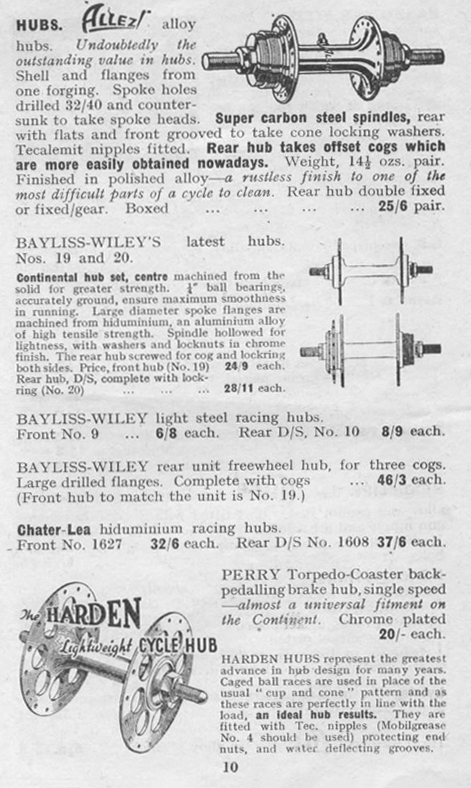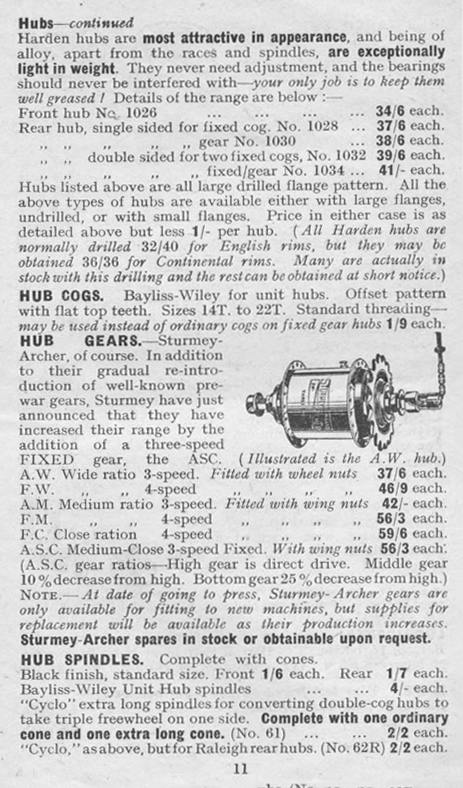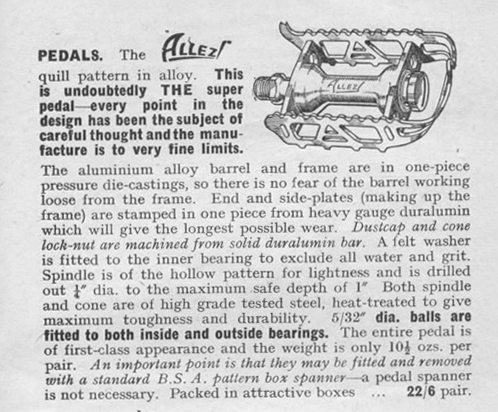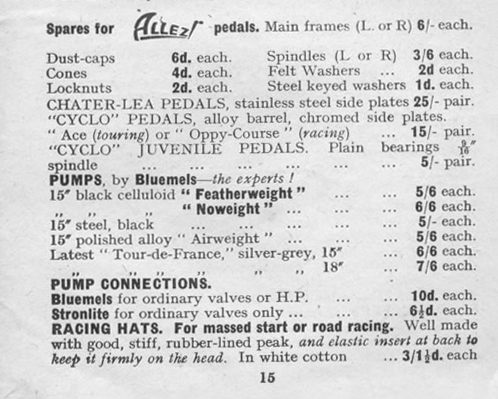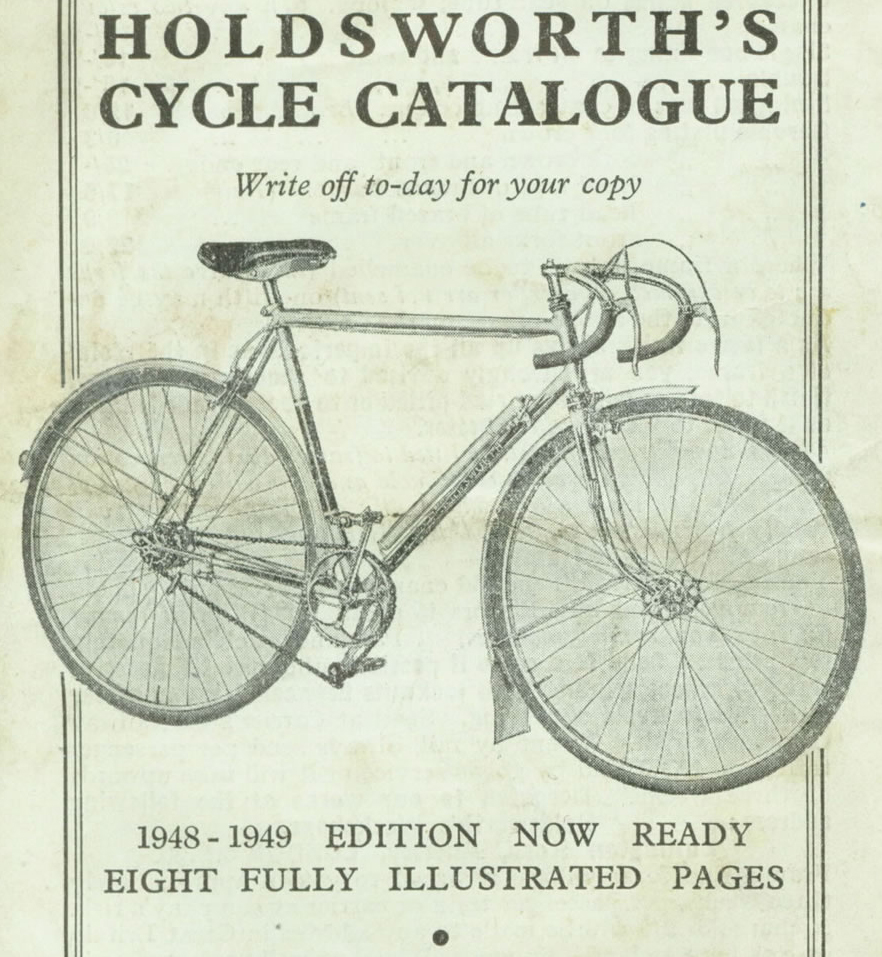Vol. 2, Issue 81 – May / June 2019
Posted: Thursday 16th May 2019
After thinking about the Canal du Midi for some time we have decided not to do this ride as there is much talk about stretches of track being very rough due to tree roots. Ironically these roots have a purpose other than making life difficult for unwary cyclists. They are used to bind and reinforce the banks. However, we have just got back from a long weekend in Carcassonne and the proprietors of the hotel lent us their bikes so we could ride a friendly stretch along the canal towards the Mediterranean with lunch at the village of Trèbes before returning to our base. This section was quite usable and being out of season was quiet, both on the banks for cyclists/walkers and in the water for boats. The following morning we took a guided boat trip along the canal in the opposite direction so now I have the Canal du Midi out of my system. Our next target is the Danube from Germany to Vienna (Wien) where I am told the path is beautifully smooth all the way as are all the roads we have encountered so far in Germany and Austria.
On the website under Specialist Cycling Clubs in the ‘Reminiscences’ section we have an entry under The Gaiety Cycling Club reproduced below:
Gaiety Cycling Club – (Mick Butler)

This club was most certainly in existence in 1887 and was still going strong in 1902. Now most of us have heard of the Gaiety Girls and the Stage Door Johnnies who pursued them around London in this period but how many of us have ever heard of the Gaiety Cycling Club? This club was formed of members of staff from the Gaiety Theatre. The Gaiety was located at the Aldwych at the eastern end of The Strand in London.
Amongst its membership was Gertie Miller, later the Countess of Dudley, and Edmund Payne the famous comedian, but the club’s most famous cyclist was Maggie Foster who worked on the management staff of the theatre. Maggie was amongst the first women to get her rides timed by a R.R.A timekeeper. She was possibly the best woman cyclists of her time but unfortunately all her rides were paced so comparisons with later women racers and modern records are difficult. Here are some of her rides: she covered 50 miles on southern roads in 2h 14m 2s, which beat the then women’s record by 24m 16s and Leon Meredith’s S.R.R.A unpaced record by 7m 40s. Famous as Maggie Foster was for her road riding some of it was done behind a Bat motorbike. These motorcycles were made by Samuel Batson in Penge. But her best paced ride was done on the track.
At Crystal Palace track on October 24th 1902, behind a pacing cycle ridden by Arthur Chase she covered 30 miles 1.690 yards in an hour. This was a phenomenal ride done late in the year and with practically no experience of paced track racing behind motorbikes. The first hour record behind a motorcycle was set at 34 miles by Harry Elkes of the USA in 1898 and if we compare the equivalent British records and rides of the period: J.W.Stocks 32 miles 10-86 yards behind the Dunlop pacing quints on 27th September 1897 or Chase’s 37 miles 196 yards unofficial private test behind a motorcycle at Crystal Palace in July 1900 we can see that Maggie Foster was an amazing rider of this era. To think this ride took place 109 years ago and by a woman cyclist is phenomenal, and so little is known about her. Any information on Maggie Foster or the Gaiety Cycling Club would greatly be appreciated. (Mick Butler)
Since writing this I have been told that Ellaine Terriss the Edwardian actress who was involved in the Humber Beeston advertising campaign was also a member of the Gaiety CC.
As I previously mentioned, I never met my grandmother – she was just a past family member – almost a legend and minor “revolutionary” in her time. The main thing we, her grandchildren, knew about her was that she held the London to Brighton and back cycling record, but the year and time were, for us at least, unknown. We never thought to ask further and now regret that. I have since done a bit of research (What did we do before Google and co.?) and have found out that she held any number of cycling records during her active career.
Here just is thumbnail sketch of the person Maggie Foster. She was born in Yorkshire in 1876 and was apparently the daughter of a bicycle manufacturer or salesman. She married my grandfather, Eberhart Fimpel, in London in 1907 and had two sons. She and her husband both worked for the Gaiety Theatre in London and later at the Pleasure Garden Theatre in Folkestone in the early 1930s. Later returning to work at His Majesty’s Theatre in London. The family lived in Herne Hill not far from the cycle track. She passed away in 1945.
She belonged not only to the Gaiety Cycle Club, but also the Dover Road Cycling Club. I could not find any information about the latter, but one of my brothers has a medal awarded to Miss Maggie Foster by the Dover Road C.C. in 1898 for the 50-mile record of 2 hours and 33 mins. Set on 29.08.1898.
I could list any number of other records that she held and broke, but as I only found most of these facts during my research efforts, I feel it would be easier if I give the source and then you can, if interested read for yourself. One record that I would like to mention though is her record for London to Brighton (and back) set in 1903 which was only 27 mins slower than the men’s record at the time. Almost all of the above information (and more) can be found in “Miles & Laps: Women’s Cycling in Great Britain at the turn of the 19th Century” Part II (there is also a Part I) by Mike Fishpool (http://www.playingpasts.co.uk/articles/gender-and-sport/miles-and-laps-womens-cycle-racing-in-great-britain-at-the-turn-of-the-19th-century-part-i/).
I hope I have been able to provide some interesting information. I certainly know a little more about my grandmother than I knew before and now really regret that I did not ask more about my family when my parents were alive. If I find any further information I will let you know.
There are not so many bikes around from the late 1940s as one may reasonably expect. I assume it took a short while for the market to build up after WWII, that and the fact that as older machines, more would have been lost over the years. Also, there was an acute shortage of materials in the UK with priority being given to production for export. Many cycle adverts of the period would explain this shortage and they would apologise for advertising something they could not deliver because of these governmental restrictions. Some shops may have had access to a few pre-war bits and pieces which explains the cocktails of parts found on machines of this era. A good friend and mentor of mine told me how, at the end of the war when he returned home from the army his first job was to degrease his pride and joy – a 1939 all-chrome Claud Butler track machine used with a brake for time trials, which was the main cycle racing of this time.
Bikes from the 1950s are not so rare but I am putting a few pages from Aids to Happy Cycling – 1949 as a guide to this period for restoration. One has to remember that Holdsworth did not have a selling franchise for all makes. The other large retailer was Ron Kitching who seemed to have more Continental contacts but I do not have access to more than one of his catalogues and I am not sure he produced them annually as Holdsworth did. One of the features of Spring for the keen cyclist of this era was the waiting for this year’s copy of Aids to Happy Cycling. As soon as the word got round that the local shops had them in stock cyclists from all over town would be heading for the shop as fast as they could ‘twiddle’ their 69-inch fixed gears. To coincide with this publication would be the ceremonial upping of the winter gear to a 72-inch ready for the start-of-season restricted gear events. After this there was a steady increase in sprocket size until we reached 81 or 84-inch for the longer summer time trials up to 100-miles or 12-hours. For the real men there was the option of a few 24-hour time trials but not for me!
However, an annual outing for us was to a particular corner at Wisbech St Mary in order to be there all night to marshal for said 24-hour event. This junction had a grass triangle with a granite horse trough full of cold water. The event took place on the weekend with the longest day and shortest night but this still took its toll on the rubbish lighting systems of the day which projected a light about equal to a candle onto the road a few feet ahead. The only people with reasonable lighting overnight were those who still had access to a carbide lamp which had been so popular pre-war. Not only would they last overnight but produced a real flare of light illuminating the road ahead.
One regular couple at this event would ride with us from King’s Lynn on a tandem complete with baby in a sidecar. I remember that both were quite profoundly deaf and communicated by sign language. Every morning we were there, soon after daylight the baby would be stripped and ceremoniously dumped in the horse trough – unbelievably tough one would think but they lived in an ex-army corrugated Nissen hut in which they were squatting, as were thousands of married couples all over the country in a protest against the lack of housing which they had been promised when they returned home to ‘a land fit for heroes’. I visited them one winter and the walls glistened in the paraffin lighting and I soon realised that the whole of the inside was covered with a layer of ice
Anyway, back to the components list below – first on the list are a pair of chain adjusters for use on road ends. These are usually associated with track ends. In the brochure they are shown with track nuts but they were particularly useful with wingnuts, especially in conjunction with chrome ends where it could be very difficult to get enough purchase to resist the extreme effort of sprinting or hill climbs. In practice, one adjuster on the drive side was enough especially as they could be a bit fiddly to reinstall after a puncture.
And now your 1949 machine could look like this beauty! Note short seat-post style of the era and length of brake cables. Spokes 32 front and 40 rear.
I bought two Allin frames. 1807 was a club standard 25.5 inch dating from July 2 1965. I still have this frame and the receipt with Stan Butler’s signature across the then obligatory 2d stamp. At the time I was a growing teenager coming up to 17 and the £12/19/6 was a lot of pocket money. Frame 2104 was a February 28 1972 purchase and increased the seat tube size to 26.5 inches. A Stan Butler special this time and £26.75 in new money. No 2d stamp receipt though as they went out with decimalisation. A good steady rider, but quite flexible if I tried sprinting on it. Serious touring machine and I won the 1974 BCTC on this in appalling weather.
Both machines are in the garage downstairs and 2104 still in original but battered green, though having used 1807 as a hack machine it had a couple of resprays on the way.
Cliff Shrubb was always up for a challenge and he reconstructed the frame jig at 81A to make me his biggest ever frame at 27.5 inches in 1987. Quite a monster as you may imagine and the seat stays are getting on for vertical as the geometry deviated from the usual diamond shape! Cannot remember the price though it was more than the Allins. Cliff spent many years at Pearson’s in Sutton after leaving the workshop at 81A.
As you may gather I am a bit above average size. A 37 inch inside leg makes trousers and bike frames expensive!
A common query concerning TA cranks is the correct BB spindle to use. The TA taper is slightly different from most others and the original BB spindles are also symmetric (i.e. most of them (not the tandem one I think) have the same length on the LH side, so length changes give similar changes in chainline,) . They offered five spindle lengths originally:
- 111.5mm (single ring)
- 114.5mm (double)
- 118mm (triple)
- 123.5mm (triple)
- 125mm (tandem)
as described here
http://www.disraeligears.co.uk/Site/Ron_Kitching_Everything_Cycling_-_1984_page_45.html
For sale:-
R O Harrison frame 22 3/4″ very nicely refinished white with red lug lining, early fifties of course.
Asking £275. Pics can be sent to those interested.
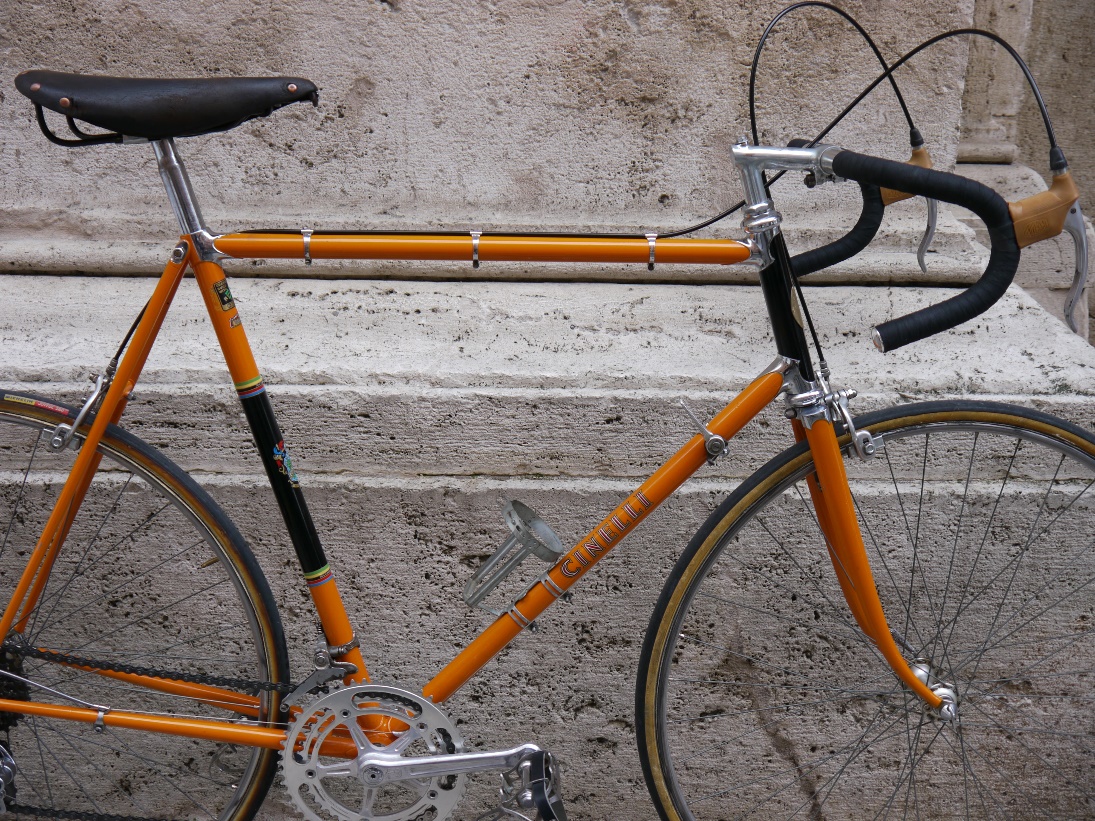
Andrea Lazzizzera from Siena has the following for sale:
I am going to sell my Cinelli Model B size 58cm. Age about 1959. If you are interested we can speak about it. I’m asking 2.800 euro plus shipping cost. The bike has won the Eroica’s 2018 elegance competition.
Editor’s request!
Quite a while ago the Royal Mail lost a badged steel Cinelli stem of mine and I am still hoping to replace it. I have managed to get hold of a genuine badge so I am looking for a 100mm steel stem with good chrome (I lost the old one sending it for re-plating). I don’t want the sloping track version but a normal road model. A few of these on sale are longer than 100 or sloping – never quite what I want.
Posted: Thursday 16th May 2019
This article appears in the following categories.
Upcoming Events
Whether you are looking for a gentle social meet up, or a 100-mile ride browse the community’s upcoming events and plan your next weekend outing.

